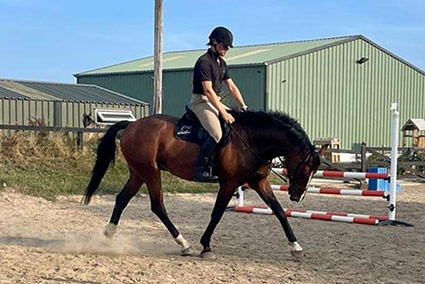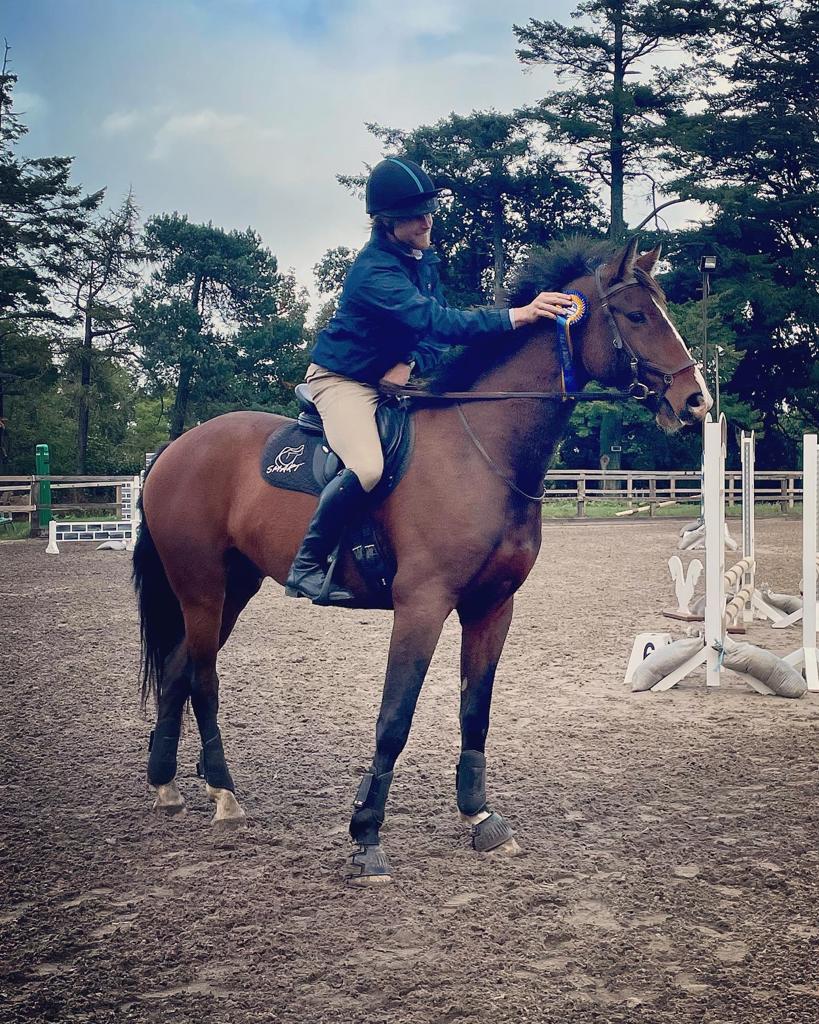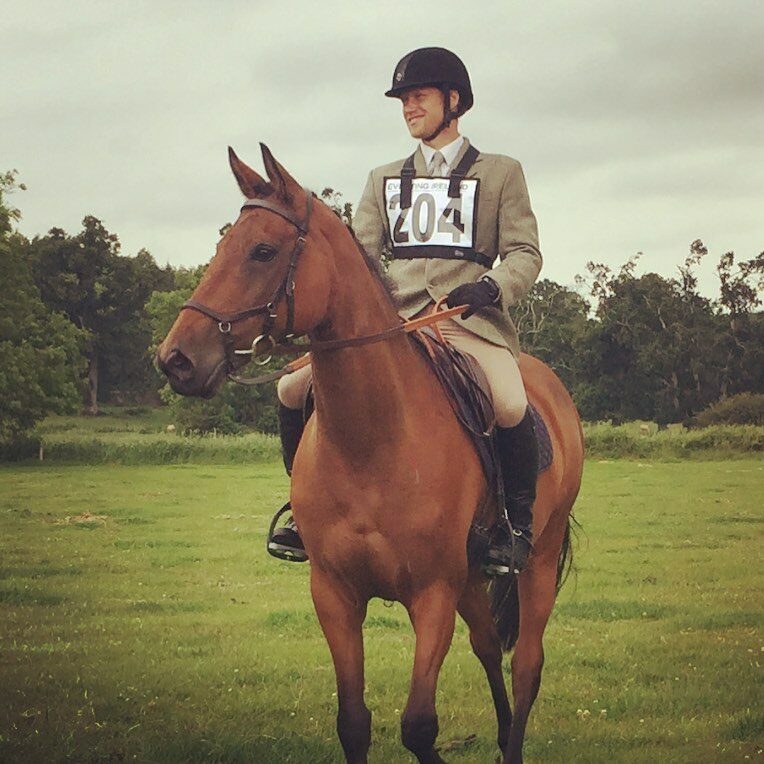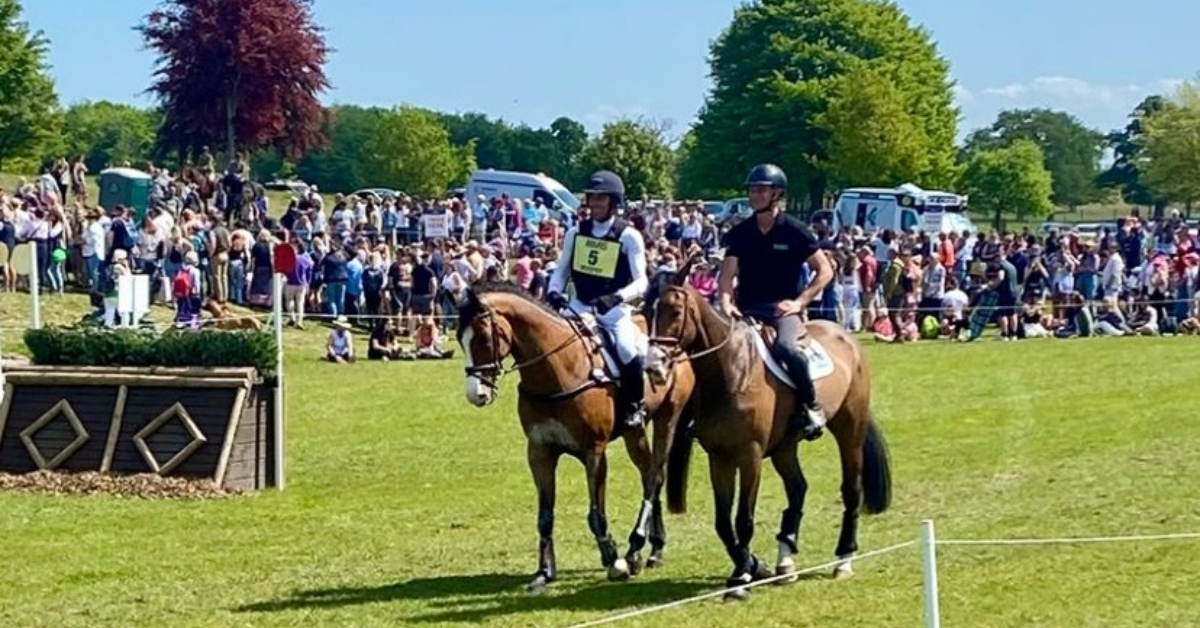In recent times there has been a huge amount of fast-paced change in some aspects of the equine world. However, other areas are conspicuously slow to develop beyond their centuries of origin. One of these areas is saddle design and particularly tree design. Any physiotherapist is acutely aware atrophy and muscle wastage in our equine counterparts. Atrophy has a wide variety of causes but of compression and pressure points are a huge issue. Wastage and pinch points through the trapezius (over the withers) and referral pain into the thoracic sling is prevalent in many horses. Whilst I am not in the practice of demonising equipment it stands against reason to think that a rigid tree on a structure as dynamic as the equine spine would support performance, comfort or good welfare practice. On the flip side of this, these saddles also protect the horse to some extent from the rider. There is definitely a balance to be struck between rider comfort and safety and equine comfort and welfare.
I am in the fortunate position to have discovered a paradigm shifting solution for my horses in the “SMART Saddle” system. A unique approach to solve the issue of restriction and tree point damage in the equine spine. The saddle was developed by Dr. Anne Bondi PhD in a quest to improve equine welfare with a sport performance saddle which is fully deformable and flexes to fit as your horse develops and changes seasonally. With no rigid parts- pressure points and restriction are dramatically reduced. Saddle companies are starting to recognise this and the public has become more aware. This has led to commissioning a lot of research of questionable merit into saddle fit and pressure mapping. However, the measurement equipment is still somewhat limited and rife with slightly misleading pressure maps using colour coding, for example, If you set the pressure values high enough any saddle can look like pressure is even as the tolerances are so broad. By really understanding these values you can avoid being misled by your saddle fitter.

Skilled coaches and trainers see and notice first hand the issues caused by equipment which does not support equine comfort and welfare, this often leads to behavioral issues that are difficult to resolve once formed. Horses are products of their history and that as a prey species showing pain or discomfort is evolutionarily disadvantageous. This establishes a huge ability for horses to be silently abused, new research led by Dr. Sue Dyson PhD has yielded the equine pain scale an objective way to quantify equine discomfort. One would hope that this system will help protect our social license, however I worry that when we start looking at the true scope of the damage lack of progress in equipment is doing to our horses, will become apparent.

I have been using the “SMART Elite Jump” saddle for about 5 months now on all my horses and unlike other flexible saddles I have tried the SMART gives secure close contact while still allowing the horse to be free over the fence. As we look to make informed choices enabling us to develop onwards, it is important to look outside our sphere. Martial artist Bruce Lee is often quoted saying “Be like water”. His point was that we need to have enough plasticity to shape ourselves to each situation, thereby increasing effectiveness and performance. Equipment that interacts with your horse facilitating their natural kinematics without restriction can only add to equine comfort and welfare.
I will leave you with a final thought and question; Does the equipment you use support your horses’ comfort and willingness to work or does it support your ability to make him do it?


Share
Your subscription is 100% Free for our first year, No credit card details required.

The Judging Concerns That Keep Coming Back — And Why They Can’t Be Ignored Anymore We didn’t make it to

There are few sporting events that live up to the hype. Wimbledon? Too many strawberries. Cheltenham? Too many suits. But

British Veterinary Association publishes full response to Competition and Markets Authority’s proposed remedies for veterinary market for household pets. The